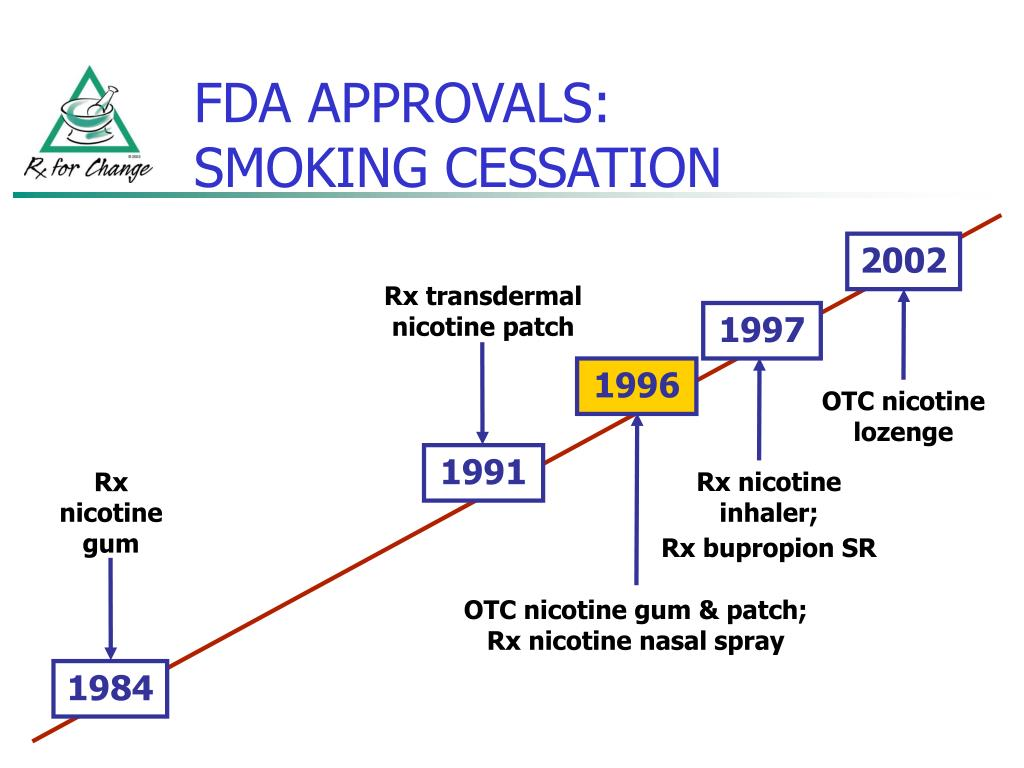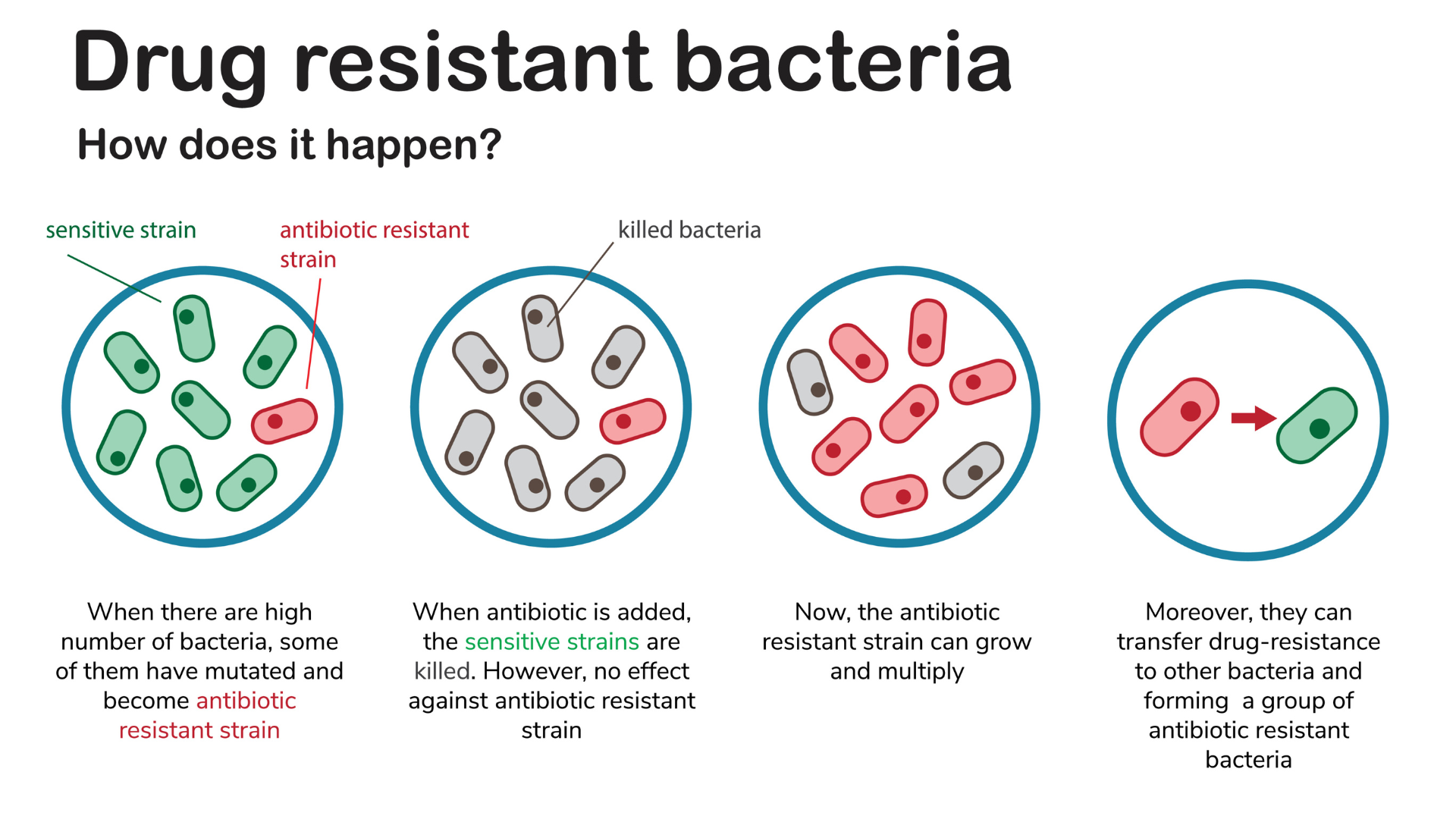Liver cancer treatment is evolving rapidly, spurred by groundbreaking research that uncovers the intricate relationship between bile acid metabolism and hepatocellular carcinoma (HCC). Recent studies have identified critical molecular switches that regulate bile flow, offering new hope in the fight against this dominant form of liver cancer. With heightened understanding of cell signaling pathways, particularly the YAP FXR relationship, researchers are now exploring innovative approaches to manipulate these mechanisms for therapeutic gains. The implications of liver disease research extend beyond immediate treatment, hinting at potential preventive measures against further liver complications. As we delve deeper into the biology of cancer, the links between metabolic disturbances and liver pathologies beckon a new era in effective liver cancer treatment.
When discussing liver cancer therapies, one must consider alternative phrases such as hepatic malignancy interventions or approaches to hepatocellular malignancies. Recent advancements have highlighted how bile acid imbalances can significantly impact liver health, indicating a paradigm shift in our understanding of this complex organ’s pathology. Additionally, exploring the roles of various signaling pathways, including the Hippo pathway, can provide insights into tumor suppression and promotion mechanisms. This reinforces the importance of ongoing liver disease research in developing comprehensive treatment strategies. By targeting key molecular players, therapeutic options for hepatic tumors are becoming increasingly sophisticated, heralding a transformative phase in oncology.
Understanding Bile Acid Metabolism in Liver Disease
Bile acid metabolism is a crucial biochemical process uniquely managed by the liver. Bile acids, synthesized from cholesterol, serve not only as detergents aiding in fat digestion but also impact various metabolic pathways. Disruption in this finely tuned process can lead to adverse outcomes, including liver disease and cancer. Recent advances in liver disease research have unveiled significant connections between bile acid dysregulation and conditions like hepatocellular carcinoma (HCC). In essence, any imbalance in bile acid production could trigger inflammatory responses and cellular damage, making it imperative to understand these metabolic mechanisms.
In particular, the interplay between the Hippo/YAP signaling pathway and bile acid metabolism has drawn significant attention. The YAP protein, while traditionally associated with promoting cell growth, has been identified as a repressor in this context, complicating our previous understanding of its role in liver physiology. As researchers delve deeper into the relationship between bile acid homeostasis and liver damage, they are uncovering potential therapeutic targets, such as enhancing the function of the Farnesoid X Receptor (FXR) to restore normal bile acid levels and mitigate liver injury.
The Link Between YAP and FXR in Liver Cancer Treatment
The relationship between YAP (Yes-associated protein) and FXR (Farnesoid X Receptor) plays a pivotal role in liver cancer treatment strategies. Recent studies indicate that when YAP is activated, it disrupts the functionality of FXR, leading to the overproduction of bile acids in the liver. This excess accumulates and initiates a cascade of events resulting in liver inflammation and fibrosis, eventually culminating in hepatocellular carcinoma. Understanding this relationship is not just essential for grasping the biological underpinnings of liver disease but also critical for developing novel cancer cell signaling interventions.
By targeting the interactions between YAP and FXR, researchers are exploring innovative approaches to liver cancer treatment. For instance, pharmacological compounds that enhance FXR activity might counteract the negative effects of YAP activation. This could potentially halt the progression of liver damage and cancer. Moreover, ongoing studies aim to discover additional modulators that can balance bile acid levels, ultimately improving patient outcomes. Hence, the YAP-FXR dynamic represents a promising frontier in the quest for effective liver cancer therapies.
Research implications extend beyond treatment, as they may also inform preventive strategies for liver disease. By leveraging insights into bile acid metabolism and the YAP-FXR relationship, clinicians might develop protocols that avert the onset of liver cancer in at-risk populations, underscoring the importance of continued investigation in this field.
Significance of Hepatocellular Carcinoma Research
Hepatocellular carcinoma (HCC) remains one of the most challenging forms of cancer due to its association with chronic liver diseases, particularly cirrhosis. Research into HCC is crucial, particularly as its incidence continues to rise globally, fueled by factors such as viral hepatitis and metabolic syndromes. As researchers like Yingzi Yang emphasize, the link between bile acid metabolism and tumorigenesis is an essential area of focus. This research not only seeks to elucidate the mechanisms of cancer development in the liver but also aims to provide insights that could transform treatment options for affected individuals.
Furthermore, understanding the biological pathways involved in HCC progression can lead to the identification of biomarkers for early detection, improving diagnostic accuracy. The focus on cell signaling pathways like Hippo/YAP highlights a strategic aspect of liver cancer research that could yield targeted therapies aimed at interrupting critical signaling cascades. As the field progresses, collaborations between research institutions and clinical settings will be vital in translating these findings into practical applications for liver cancer prevention and treatment.
Therapeutic Avenues for Liver Cancer Interventions
Evaluating therapeutic avenues for liver cancer demands a multifaceted approach, particularly in context to bile acid regulation and signaling pathways. Recent findings underscore the potential of drugs aimed at enhancing FXR function, which appears to have a protective effect against bile acid-induced liver damage. Interventions that activate FXR not only help in re-establishing bile homeostasis but also mitigate inflammation linked with liver disease. This revelation opens pathways for developing novel pharmacological treatments that could slow the progression of liver cancers or even prevent them in vulnerable populations.
Research also points to the utility of combining therapies targeting both the Hippo pathway and bile acid signaling. By developing treatment options that disrupt the pro-tumorigenic actions of YAP while simultaneously promoting FXR activity, there’s significant potential to create a comprehensive treatment strategy for HCC. Furthermore, ongoing laboratory studies continue to explore the implications of bile acid export mechanisms, further illustrating the complexity of liver cancer treatment strategies. The integration of these insights holds promise for improving liver cancer outcomes and enhancing the quality of life for patients.
New Insights from Liver Disease Research
The landscape of liver disease research is constantly evolving, driven by a deeper understanding of the molecular intricacies of liver function. Recent studies investigating bile acid metabolism have unveiled crucial insights into how alterations can pave the way for severe liver conditions like HCC. With the hepatic cell’s unique role in bile condensate production, any dysregulation can pose significant risks, leading not merely to fatty liver disease but advancing to fibrosis and malignancies. This underscores the importance of precise research methodologies aimed at dissecting these metabolic processes to unveil potential therapeutic pathways.
Additionally, the focus on innovative cellular signaling pathways, particularly YAP’s role, heralds a new era in liver disease research. By elucidating how YAP interacts with essential receptors and metabolic pathways, researchers can potentially identify new biomarkers for disease prognosis and innovation in therapeutic approaches. Exploring these cellular mechanisms not only enhances our comprehension of liver biology but also equips researchers to tackle the pressing challenges posed by liver cancer and related disorders effectively.
The Role of Molecular Switches in Liver Cancer Treatment
Molecular switches are critical for regulating cellular functions and play a significant role in liver cancer treatment strategies. Recent research highlights a particular molecular switch related to bile acid metabolism that has far-reaching implications for hepatocellular carcinoma development. By understanding how these switches operate, scientists can devise targeted interventions that directly address the underlying mechanisms of liver disease progression. The strategic manipulation of these molecular pathways could lead to innovative treatments that address both prevention and intervention in liver cancer.
Moreover, the involvement of key proteins within signaling pathways, such as YAP and FXR, emphasizes the interconnectedness of various metabolic processes in the liver. As research progresses, the characterization of these molecular switches represents both a challenge and an opportunity for developing robust therapeutic interventions. By focusing on enhancing or inhibiting these switches, researchers are working towards creating holistic treatment approaches that can significantly improve survival rates for patients with liver cancer.
Future Directions in Liver Cancer Research
As liver cancer research continues to advance, future directions focus on integrating findings related to bile acid metabolism and cellular signaling into clinically applicable therapies. Researchers are moving towards a more personalized approach to liver cancer treatment, where understanding an individual’s unique molecular profile could help tailor therapy options. This precision medicine approach relies heavily on continued exploration of key relationships, such as the YAP-FXR connection, to develop targeted interventions that are both effective and with minimal side effects.
Furthermore, the burgeoning interest in the metabolites produced during bile acid processing has opened new avenues for therapeutic exploration. These metabolites could potentially serve as biomarkers for early detection of liver abnormalities, enabling timely intervention and personalized treatment strategies. Emphasis on collaborative studies crossing disciplines in molecular biology, pharmacology, and genetics is critical to fostering innovation that can ultimately revolutionize our approach to liver disease and expand treatment possibilities for hepatocellular carcinoma.
Understanding the Impact of Signaling Pathways on Liver Health
Signaling pathways serve as fundamental regulators of various biological processes, and their impact on liver health is profound. Enhanced understanding of these pathways, particularly those involved in cell growth and apoptosis, can shed light on how imbalances lead to liver diseases and malignancies. The investigation into the Hippo signaling pathway, alongside burgeoning research on FXR, underscores this significance. The impact of these pathways on liver cell behavior illustrates how small dysregulations can lead to large-scale health issues, emphasizing a critical need for ongoing research in this area.
By probing deeper into how these signaling molecules interact within the liver, researchers not only aim to unravel the complexities of liver disease but also hope to identify new therapeutic targets for intervention. Cultivating a clearer picture of these relationships can lead to advanced biomarkers, enabling early detection and treatment of liver conditions, especially hepatocellular carcinoma. As science continues to bridge gaps in our understanding, the future promises development that prioritizes liver health and longevity.
Innovative Approaches to Liver Cancer Prevention
Preventing liver cancer requires innovative approaches that focus on risk factor modification and early intervention strategies. Research efforts concentrating on bile acid metabolism and the mechanisms behind liver inflammation play a critical role in mitigating the disease’s onset. Understanding the biochemical pathways associated with hepatocellular carcinoma can empower healthcare professionals to design targeted prevention strategies that address those at heightened risk due to chronic liver conditions or lifestyle factors.
In addition to lifestyle modifications, educating communities on liver health and its connection to diet and gut microbiota presents another vital area of focus. Promoting nutritional practices that support better bile acid metabolism and liver function can significantly impact public health outcomes. As such, the integration of preventative measures rooted in robust research findings is paramount for reducing liver cancer incidences and ultimately improving population health.
Frequently Asked Questions
What innovative approaches exist for liver cancer treatment related to bile acid metabolism?
Recent studies have shown that imbalances in bile acid metabolism can significantly impact liver cancer treatment options. Targeting the FXR (Farnesoid X receptor) pathway, which regulates bile acid levels, offers a novel approach. By enhancing FXR function or promoting the excretion of bile acids, we can potentially halt the progression of hepatocellular carcinoma (HCC), the most prevalent form of liver cancer.
How does the YAP FXR relationship affect liver cancer treatment outcomes?
The relationship between YAP (Yes-associated protein) and FXR is crucial in liver cancer treatment. YAP can repress FXR activity, leading to bile acid overproduction that contributes to liver inflammation and fibrosis, precursors to hepatocellular carcinoma (HCC). Targeting this relationship by blocking YAP’s repressive function could provide new therapeutic avenues to improve treatment outcomes for liver cancer patients.
What role does liver disease research play in developing new liver cancer treatments?
Liver disease research plays a vital role in understanding mechanisms underlying liver cancer treatment. Discoveries about bile acid metabolism and the YAP FXR pathway enhance our knowledge of how liver diseases like hepatocellular carcinoma (HCC) develop. This research paves the way for developing targeted therapies aimed at correcting metabolic imbalances, thereby improving treatment strategies.
What are the main challenges in liver cancer treatment related to bile acid imbalance?
Challenges in liver cancer treatment related to bile acid imbalance include the need for precise modulation of bile acid levels to avoid exacerbating liver damage. Understanding the molecular pathways involving YAP and FXR is crucial to designing interventions that can effectively restore bile acid homeostasis and limit cancer cell progression in hepatocellular carcinoma (HCC) patients.
Can enhancing FXR function improve liver cancer treatment results?
Yes, enhancing FXR function can significantly improve liver cancer treatment results. Studies suggest that activating FXR helps resolve bile acid imbalances, which may prevent the harmful cycle of liver inflammation and fibrosis leading to hepatocellular carcinoma (HCC). By stimulating FXR, researchers aim to develop pharmacological solutions that target liver disease and improve patient outcomes.
What is the connection between cancer cell signaling and liver cancer treatment?
Cancer cell signaling is intricately linked to liver cancer treatment strategies. Essential pathways, such as the Hippo/YAP signaling pathway, influence cell growth and metabolism in liver cells. By understanding how these signaling mechanisms operate in relation to bile acid metabolism and FXR activation, researchers can devise more effective liver cancer treatments that target these specific molecular interactions.
| Key Points | Details |
|---|---|
| Bile Imbalance and Liver Cancer | A critical imbalance in bile acids can trigger liver diseases, including hepatocellular carcinoma (HCC). This highlights the importance of bile acids in liver health and disease progression. |
| Molecular Mechanism Identified | A key molecular switch, YAP, regulates bile acid metabolism and influences tumor formation by acting as a repressor of the bile acid sensor FXR. |
| Research Implications | Blocking YAP’s activity or enhancing FXR function could lead to new pharmacological treatments for liver cancer. |
| Future Directions | Further study into the role of YAP in metabolic control could provide insights into additional treatment options for liver cancer patients. |
Summary
Liver cancer treatment is evolving as new discoveries shed light on the underlying mechanisms of liver diseases. Recent research has identified critical links between bile acid imbalance and liver cancer development, particularly through the function of the molecular switch YAP, which regulates bile acid metabolism. Understanding these connections not only enhances knowledge of how liver cancer develops but also offers innovative pathways for future treatment interventions. By targeting key regulatory elements like FXR, there is potential for the development of new therapies aimed specifically at liver cancer, promising hope for patients affected by this devastating disease.




